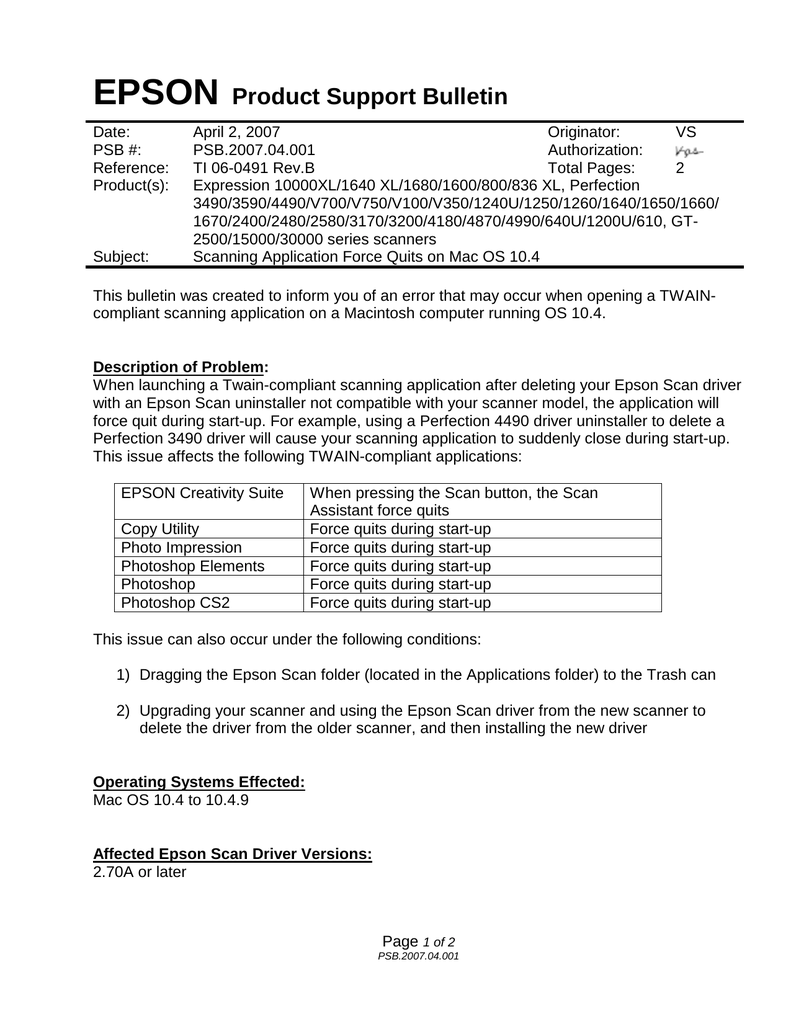Uninstalling Software: The Basics
Most OS X applications are completely self-contained 'packages' that can be uninstalled by simply dragging the application to the Trash. Most applications create preference files which are stored in the /Home/Library/Preferences/ folder. Although they do nothing once you delete the associated application, they do take up some disk space. If you want you can located them in the above location and delete them, too.
Some applications may install an uninstaller program that can be used to remove the application. In some cases the uninstaller may be part of the application's installer, and is invoked by clicking on a Customize button that will appear during the install process.
Some applications may install components in the /Home/Library/Applications Support/ folder. You can also check there to see if the application has created a folder. You can also delete the folder that's in the Applications Support folder. Again, they don't do anything but take up disk space once the application is trashed.
Some applications may install a startupitem or a Log In item. Startupitems are usually installed in the /Library/StartupItems/ folder and less often in the /Home/Library/StartupItems/ folder. Log In Items are set in the Accounts preferences. Open System Preferences, click on the Accounts icon, then click on the LogIn Items tab. Locate the item in the list for the application you want to remove and click on the '-' button to delete it from the list.
If an application installs any other files the best way to track them down is to do a Finder search using the application name or the developer name as the search term.
There are also several shareware utilities that can uninstall applications:
AppZapper
CleanApp
Yank
SuperPop
Uninstaller
Spring Cleaning
Look for them at www.versiontracker.com or www.mackupdate.com.
For more information visit The XLab FAQs and read the FAQ on removing software.
The file to back up is /Library » Printers » EPSON » EPW » EPSON Printer Monitor.app. Once that's backed up, Control-click on it and choose Show Package Contents from the contextual menu. In the Contents folder, you'll see the Info.plist file; we're going to add a new key, LSBackgroundOnly, specifying that this should be true (i.e. If you upgrade to macOS 10.15 Catalina you’ll need to install the Epson Scan 2 driver below; however, this updated Epson Scan 2 version does not include Digital ICE. As a solution, we are providing the SilverFast SE Scanner Software free of charge.
Mar 29, 2008 2:58 PM
Epson Status Monitor Utility is a utility that monitors Your printer and gives information on errors and printer ink levels.
Epson Scanner Download For Mac
When You want to use WIC Reset Utility – You have to disable this utility. Follow the instructions:
1. Open the Printers and Faxes / Printers / Devices and Printers folder and enter the Maintenance / Utility section of the printer driver.

(Open the Control Panel. Choose Printers and Other Hardware category.)
2. Right-click on the printer icon, then left-click on Printing Preferences.
3. Click on the Maintenance or Utility tab.
4. Click the Speed & Progress / Extended Settings… button.
Windows 2000, XP, Vista and Windows 7


Windows 8 /8.1, Windows 10
Epson Scanner App
5. The Speed & Progress / Extended Settings window contains more advanced settings that relate to Status Monitor.
Status Montitor is enabled by default. Here You have to Disable Status Monitor .
Epson Scanner Drivers For Mac
Windows 2000, XP, Vista and Windows 7
Windows 8 /8.1, Windows 10